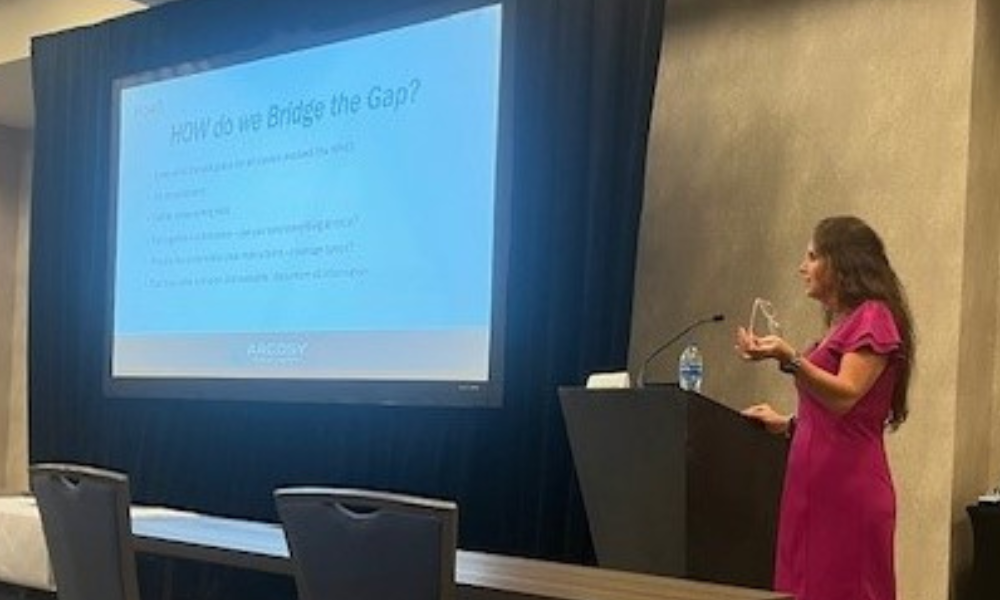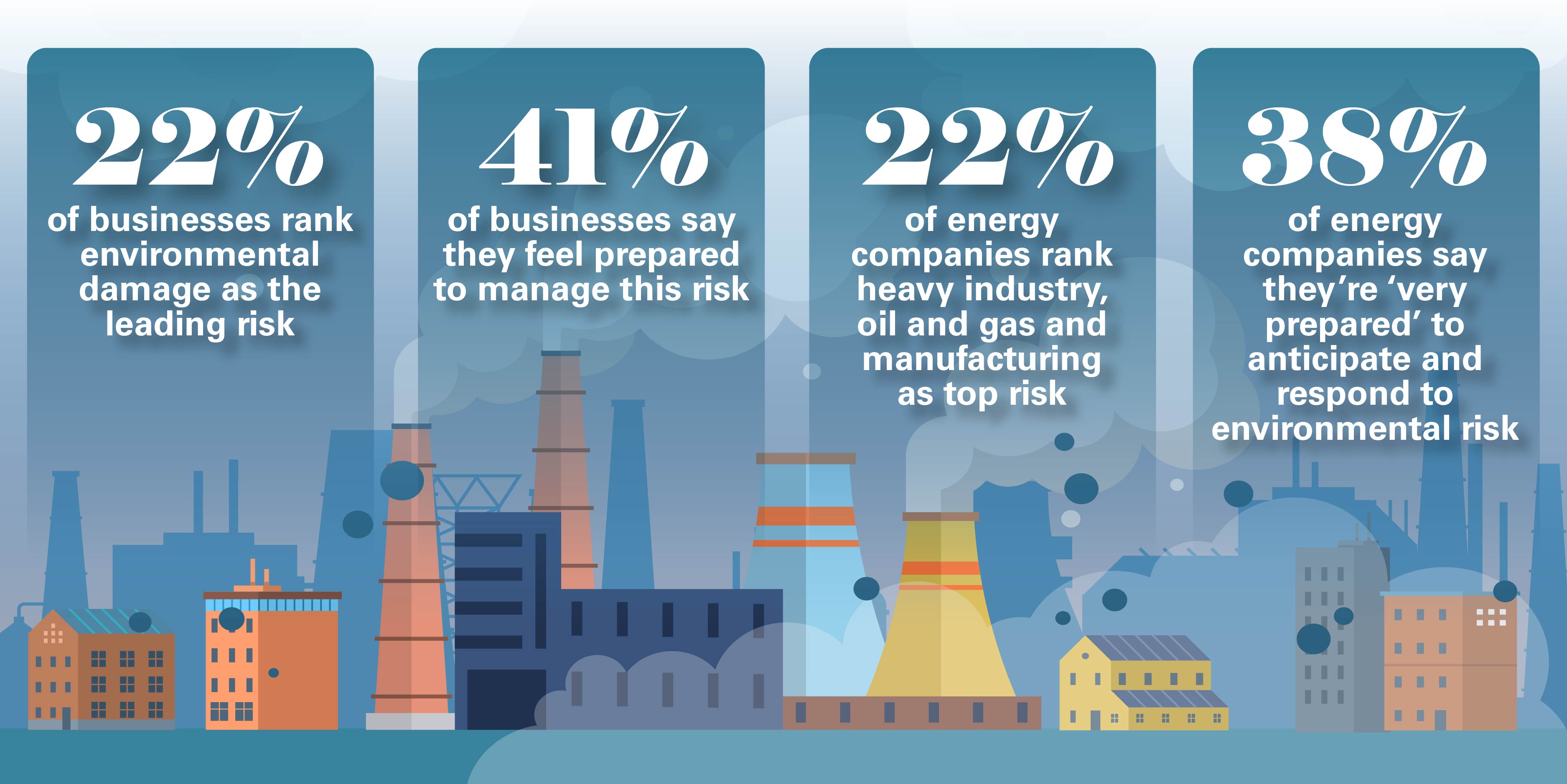Emerging concerns in environmental insurance

Emerging concerns in environmental insurance | Insurance Business America
Environmental
Emerging concerns in environmental insurance
‘It’s about making sure the client understands what kind of coverage is available versus what is not’
Environmental
By
Chris Davis
With nearly three decades in environmental insurance, Tanya Andolsen (pictured) understands better than most the need for more education among retail brokers. Andolsen’s recent presentation at the Society of Environmental Insurance Professionals conference in Denver, titled “Bridging the Knowledge Gap,” aimed to tackle this issue.
“The communication and data sharing from the insured, to the broker, to the carrier, needs to be streamlined,” she told IB. Andolsen shared a striking example of this knowledge gap: a storage tank policy for a marina with no tanks.
“There was a knowledge gap there,” she said. “The policy was not structured correctly because no-one asked the insured the right questions to identify the exposures. The tanks were removed years ago so a storage tank policy was no longer appropriate. What they really needed was pollution legal liability for the entire site.”
Regulations and restrictions
The complexities of environmental insurance are further compounded by the diverse range of emerging contaminants and the evolving regulatory landscape.
“Contaminants like PFAS are getting a lot of media attention,” Andolsen noted. “Yet the science is still ascertaining the full health effects, and government regulations are still determining if and how remediation and disposal should be addressed.”
Setting realistic expectations is another significant challenge.
“With these emerging issues and trends, it doesn’t necessarily mean that you can get coverage for all of them,” Andolsen warned. “It’s about making sure the client understands what kind of coverage is available versus what is not.”
To address these gaps, Andolsen advocates for educational seminars and continuing education (CE) classes.
“I actually like speaking in front of people,” she admitted, using these sessions to demystify complex topics and provide practical, real-world examples. By conducting one-hour seminars or environmental insurance 101 sessions, she aims to arm retail brokers with the knowledge they need to effectively serve their clients.

‘It’s not an off-the-shelf type of form’
And this emphasis on education isn’t just about ticking boxes for continuing education credits – for Andolsen it’s about fostering a deeper understanding of the complexities involved in environmental insurance and knowing how to identify the exposures.
“It’s not an off-the-shelf type of form,” Andolsen pointed out. Environmental insurance requires tailored solutions based on a thorough understanding of the client specific risks, no matter the industry.
Innovation within the insurance market is driven by necessity. Many brokers don’t realize that carriers offer policies that combine general liability, site pollution and contractors’ pollution coverages to reduce gaps and make policies more comprehensive.
Andolsen noted: “This approach reflects the market’s effort to make environmental insurance more accessible and understandable.”
Claims trends have also shifted significantly.
“Environmental claims were once low frequency and high severity,” Andolsen told IB. Today, claims are more frequent but generally less severe, thanks to broader coverage and more comprehensive policy language. This evolution in claims underscores the industry’s adaptability and the ongoing need for brokers to stay informed and educated.
Andolsen went on to highlight the importance of collaboration within the industry.
“I’m a broker, not an environmental consultant or an attorney,” she said. This recognition of the limits of her role underscores the importance of working together with environmental consultants and attorneys to provide comprehensive solutions to mutual clients.
Gathering complete data to understand the risk, knowing the end goal for the insured and working together as a team, the environmental insurance industry can only continue to mature into a more efficient vehicle for addressing environmental risks not covered in a standard insurance program.
Related Stories
Keep up with the latest news and events
Join our mailing list, it’s free!






